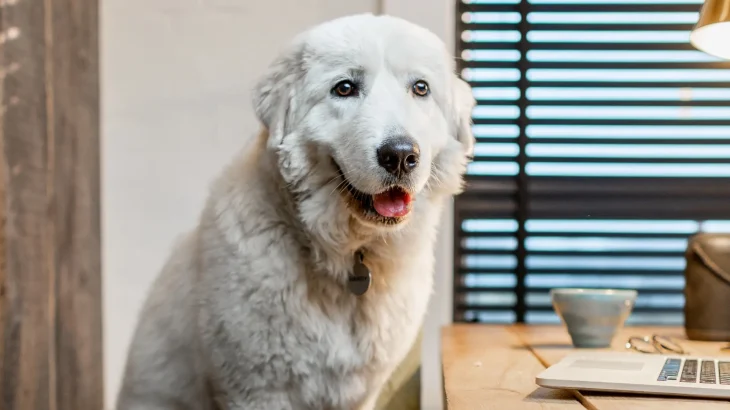Deciding whether to adopt or purchase a Polish Tatra Sheepdog puppy depends largely on your priorities regarding health history, ethical sourcing, and cost. Buying from a breeder typically offers clarity about the puppy's lineage and potential health issues, while adoption may provide a chance to give a home to a dog in need, sometimes at a more affordable price.
| Criteria | Buying from Breeder | Adopting from Shelter/Rescue |
|---|---|---|
| Cost | Higher initial cost due to purebred status and breeding expenses. | Lower adoption fees, often includes basic vaccinations and spay/neuter. |
| Health History | Access to detailed health records and genetic screening. | Health history may be limited or unknown; basic vet checks usually done. |
| Age Availability | Primarily young puppies, allowing early socialization. | Variety of ages including adults and seniors. |
| Temperament Insight | Breeders can share lineage temperament traits and socialization. | Shelter staff can provide observations but history may be incomplete. |
| Supporting Practices | Supports breed preservation when choosing ethical breeders. | Supports animal welfare by rescuing dogs in need. |
| Ethical Considerations | Must ensure breeder follows responsible practices to avoid puppy mills. | Adoption helps reduce shelter overcrowding and euthanasia rates. |



















































